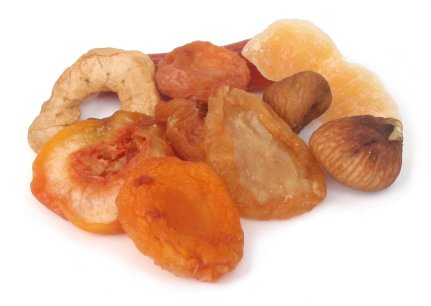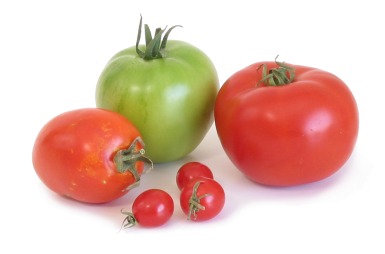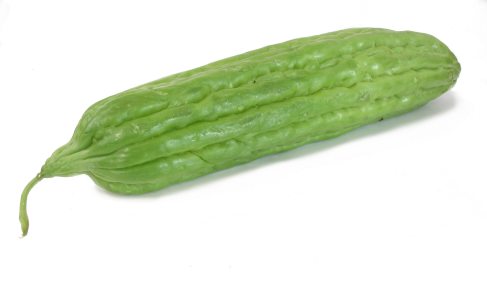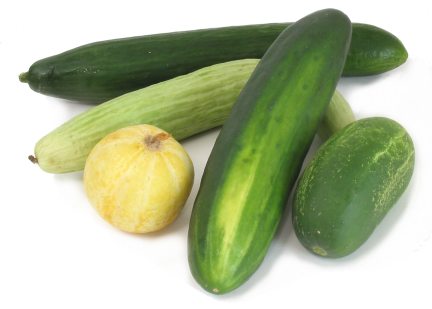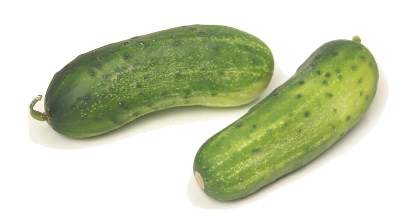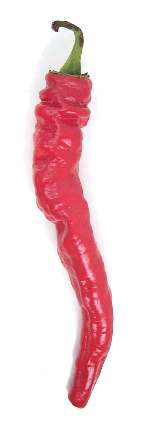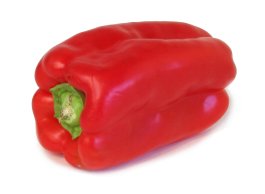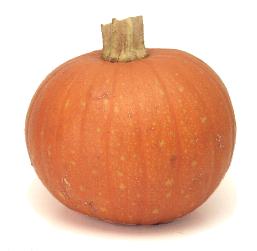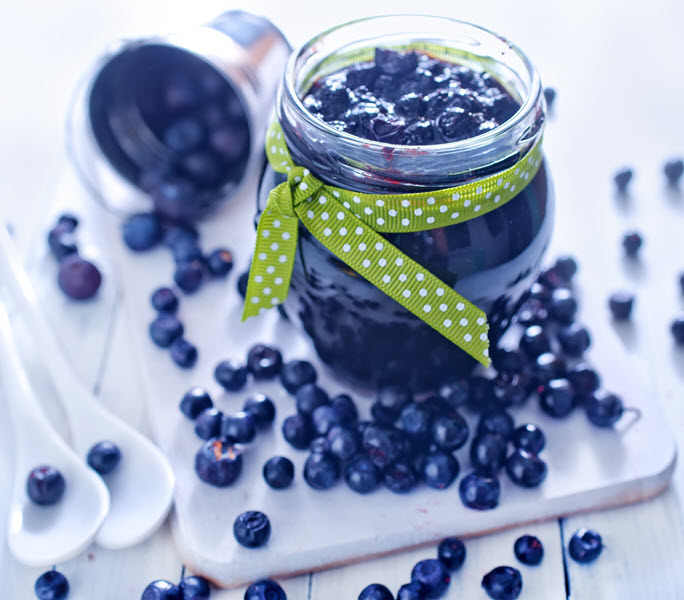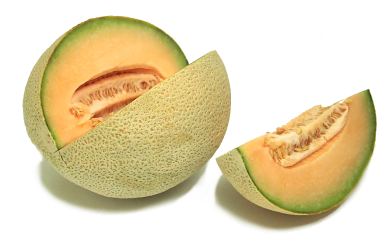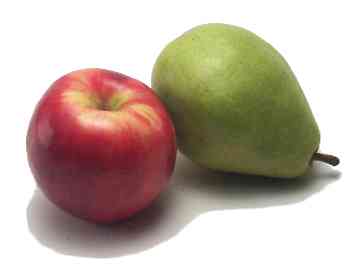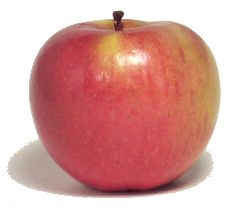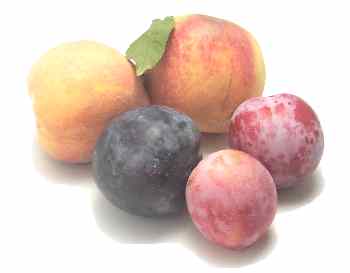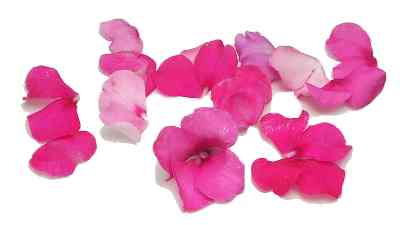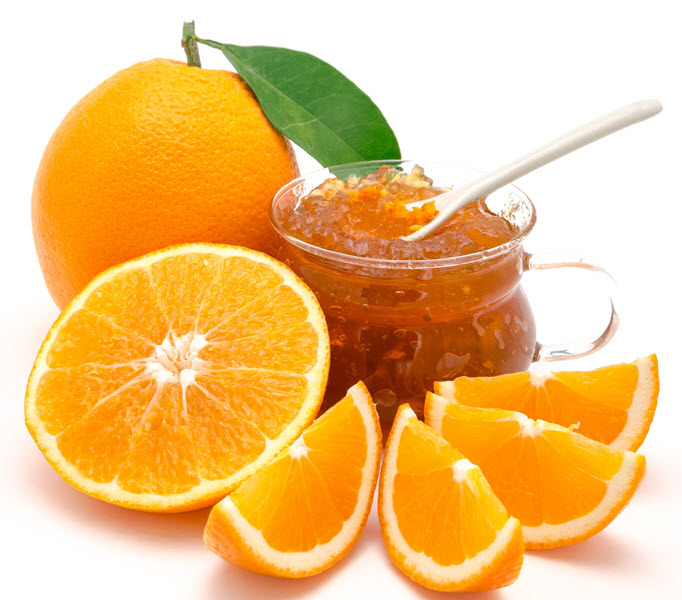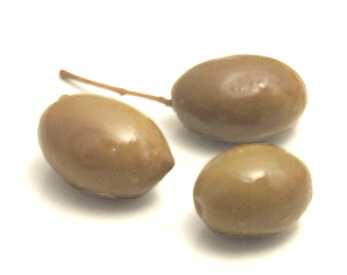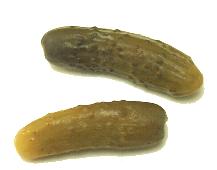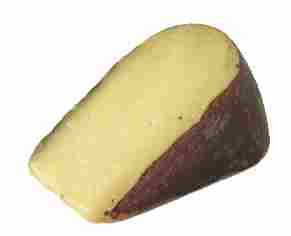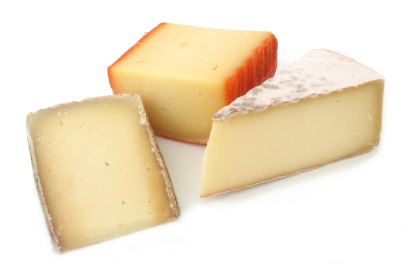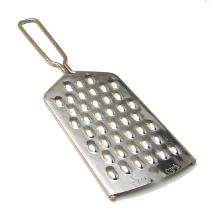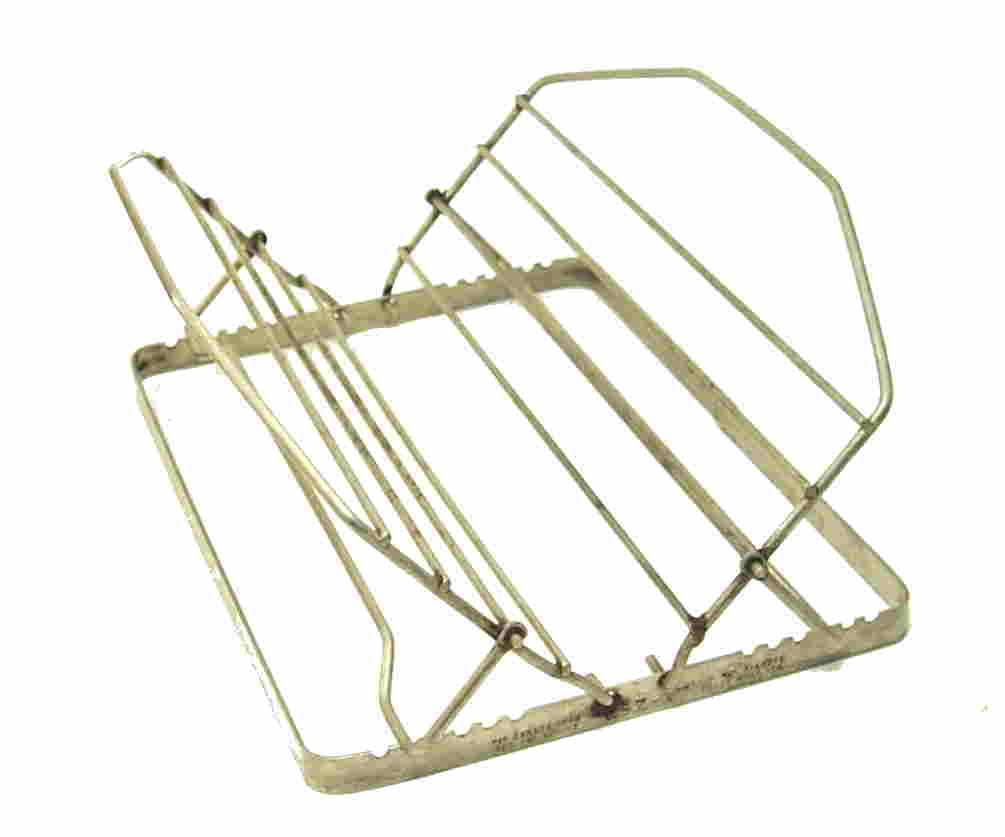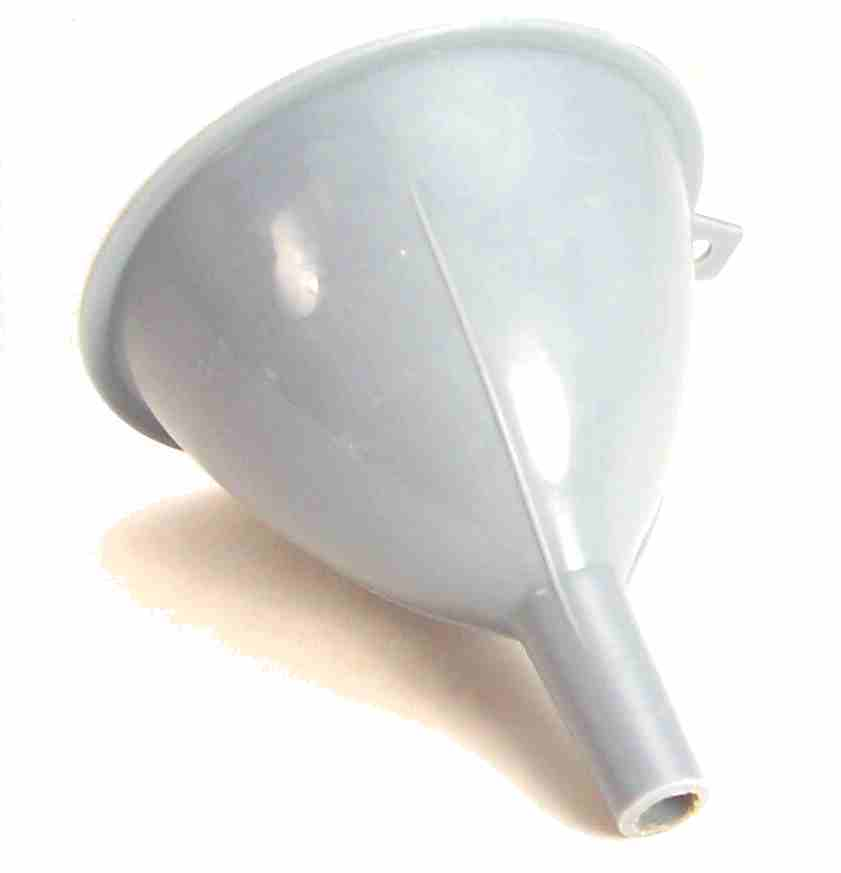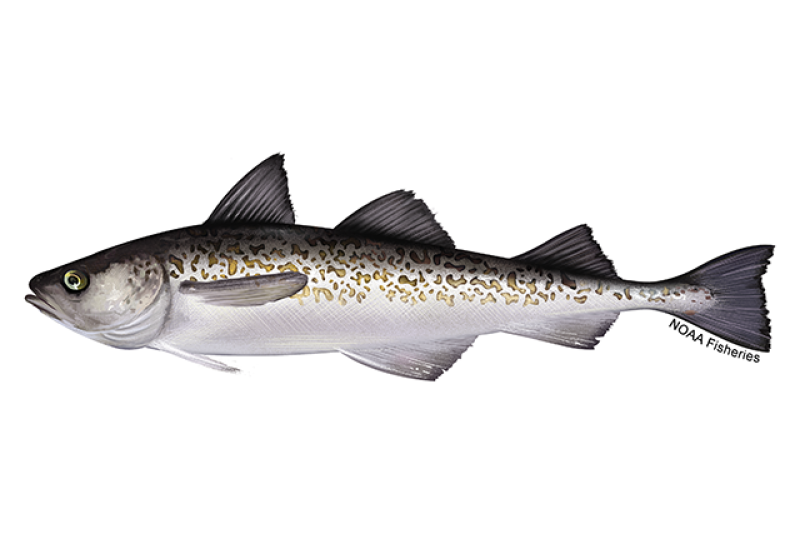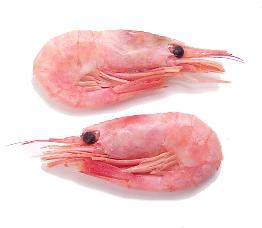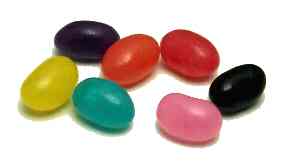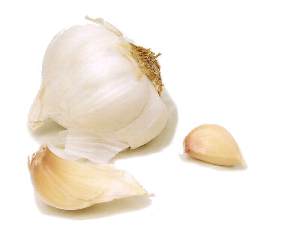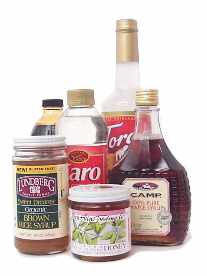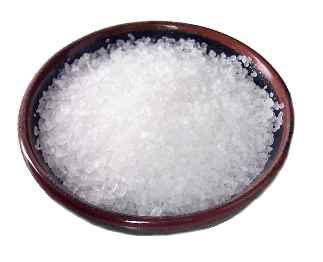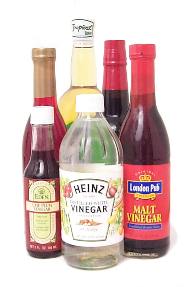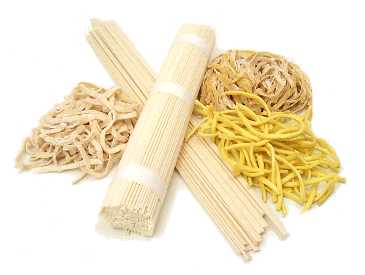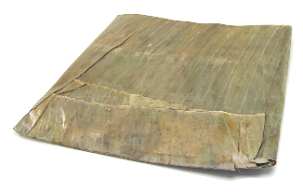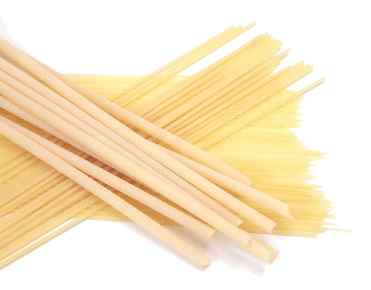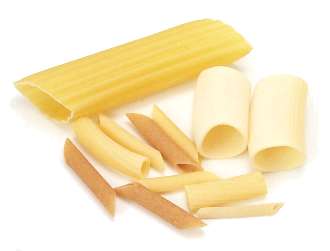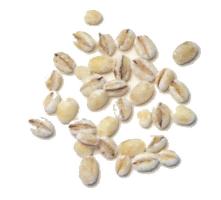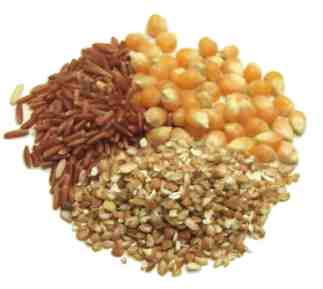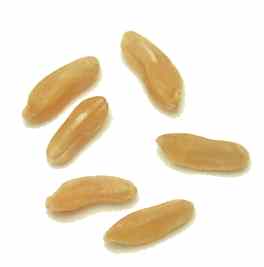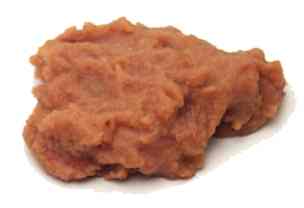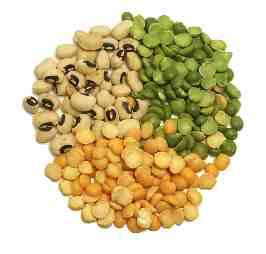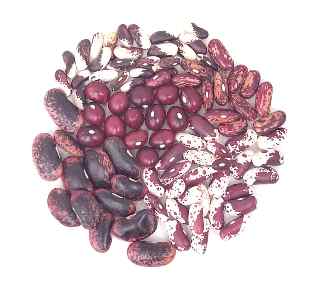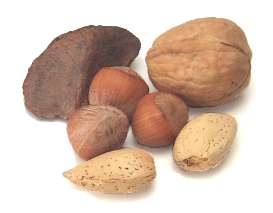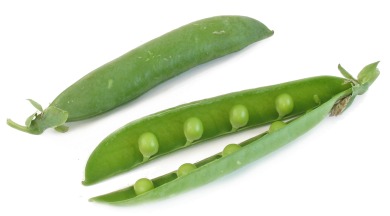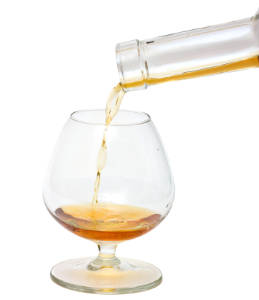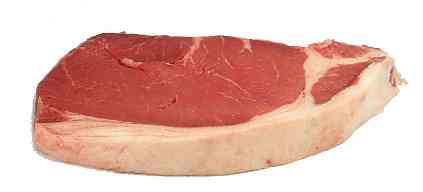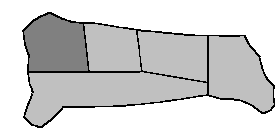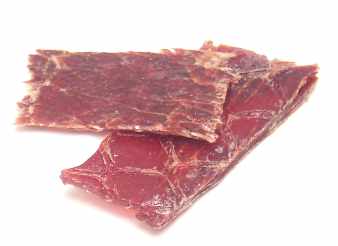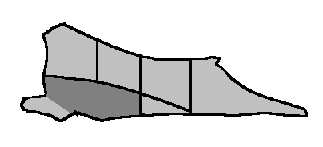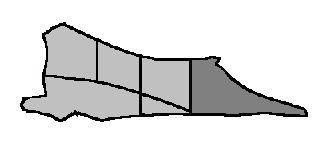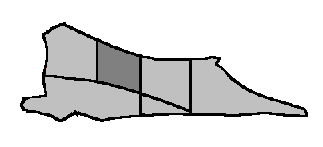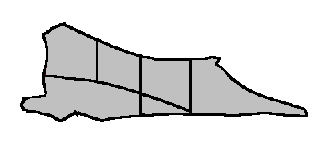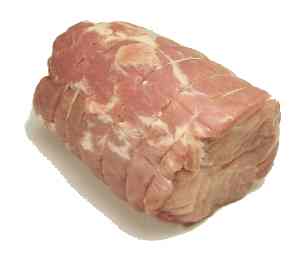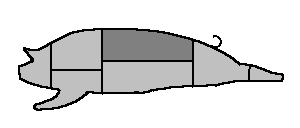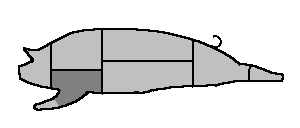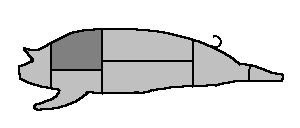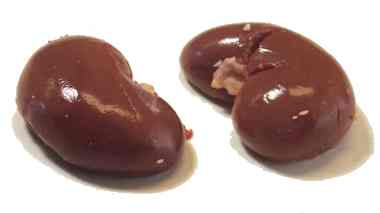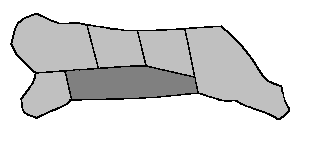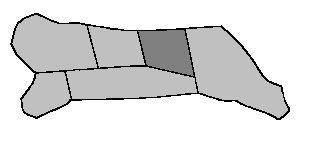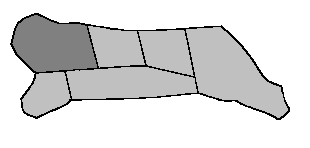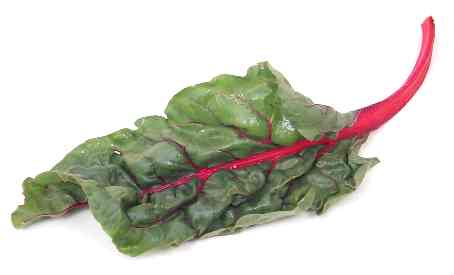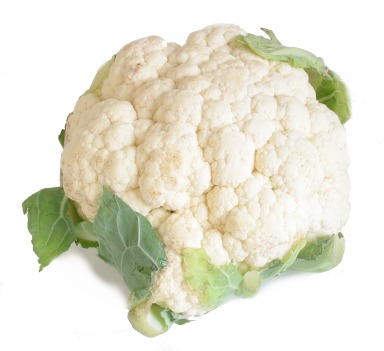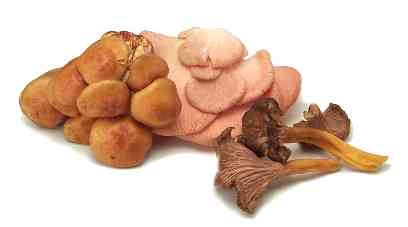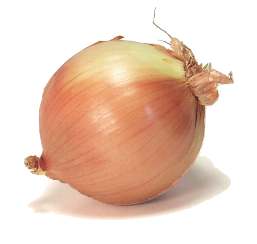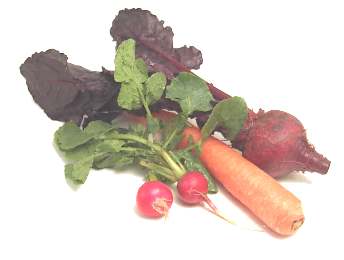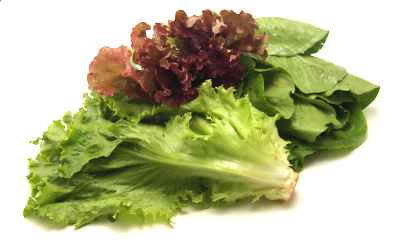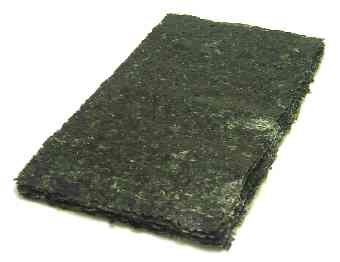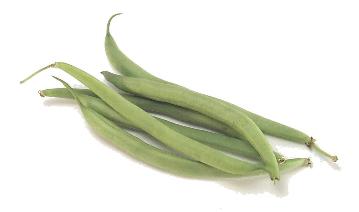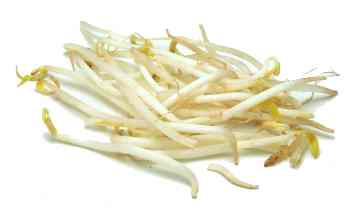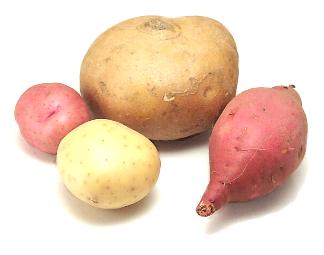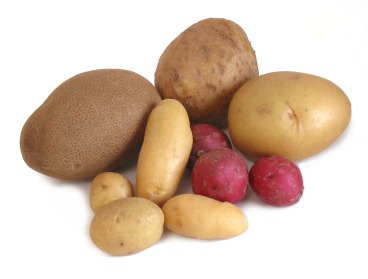Exotic Tropical Fruit Category

ababai
Ababais resemble small papayas, and can be cooked or grilled without losing their shape. They're hard to find outside of Chile, where they're grown.
Learn moreabiu
The round smooth yellow abiu fruit has a creamy texture and the sweet flavor of caramel or vanilla. It is native to the Amazon basin. The abiu fruit has a short shelf life.
Learn moreacai berry
Acai berries are from the acai palm that is native to the Amazon Basin in Brazil. The small round dark purple fruit grows in clusters. Acai berries have a slight bitter taste. Long enjoyed in Brazil Acai berries have become increasing popular world wide over the last several decades. It is high in antioxidants.
Learn moreachacha
Achacha fruit is orange and has a sweet tart lemony taste. The fruit is oval and one to two inches in diameter. The achacha tree is native to the Amazon basin.
Learn moreackee
The pulp of this fruit looks and tastes like scrambled eggs when cooked, and Jamaicans like to serve it with salt cod. Look for cans of it in Caribbean markets. Warning: Only the yellow pulp on ripe ackees is edible. Eating underripe ackees that haven't opened on their own, or eating the pink portion of ripe ackees, can cause vomiting and death.
Learn moreatemoya
This cherimoya-sweetsop cross has sweet custard-like pulp. Look for it in specialty produce markets during the fall
Learn morebacuri
Bacuri fruit have thick yellow skins and are about the size of large apple. The bacuri fruit is both sweet and a little sour and is made into condiments and drinks.
Learn moreblack sapote
This fruit has an olive-green rind and tastes like a papaya that's been sprinkled with cocoa.
Learn morebreadfruit
This is the plant that the H.M.S. Bounty was carrying in the South Pacific when its crew mutinied. Captain Bligh's goal had been to transport the seedlings from Tahiti to the Caribbean, so that slaves there would have a ready source of starch and calories. Breadfruit is highly perishable, so fresh ones are hard to find outside the tropics. The canned version is a good substitute. A seeded version is called a breadnut.
Learn morecanistel
The canistel fruit is orange/yellow, oval and 2 to 3 inches long. It is sweet with the texture of a hard boiled egg.
Learn morecarissa
You won't find these in markets, but these tart plums are great for making preserves.
Learn morecashew apple
This Brazilian fruit looks like a squishy apple with an odd-looking stem growing out of it. According to botanists, though, the grayish "stem" is actually the fruit, and it encloses the kidney-shaped cashew nut that we're familiar with. The cashew apple is the yellowish-orange part that's attached to the fruit. This fruit is juicy but somewhat astringent due to a high concentration of tannin. Be careful of the grayish substance that encloses the nut. It contains toxic oils.
Learn morecherimoya
This South American tropical fruit is shaped like a pine cone and has a gray-green, scaly skin. The soft white pulp inside has large black (inedible) seeds and tastes like a creamy blend of tropical flavors. Hard cherimoyas should be stored at room temperature until they give a little when squeezed, then they should be refrigerated until they're ready to serve.
Learn moreChinese dates (fresh)
These are usually dried, but you can sometimes find fresh dates in late summer and fall. When you get them home, let them ripen on the counter for awhile until they become soft and sweet. Chinese are different than middle eastern palm dates.
Learn morecupuacu
The cupuacu fruit grow on medium sized trees native to the Amazon basin. The fruit is brown skinned with a white pulpy center. Cupuacu has a fruity chocolatey flavor.
Learn moredragon fruit
This comes from a cactus native to Central and South America, and has a mild flavor. To eat it, either peel it or cut it in half and scoop out the white, polka-dotted pulp with a spoon. Select dragon fruit by pressing it gently. It should give just a little.
Learn moreduku
Duku fruit are round, tan and 1 to 2 inches in diameter. The hard shell surrounds a soft fleshy sweet and tart thick flesh. They grow in clusters.
Learn moredurian
The weird and smelly durian has attracted a cult-like following. It's called the King of Fruits by aficionados in Southeast Asia, but Westerners usually don't care much for its mild oniony flavor. Once cut open, the durian eventually gives off such a strong and foul odor that it's banned on Singaporean subways. Look for it in Asian markets. The boiled seeds of the durian are called betons.
Learn morefeijoa
To eat feijoas, just cut them in half and scoop out the pulp with a spoon. They also make terrific preserves and syrups. Look for them in large supermarkets. If they're hard when you buy them, allow them to ripen at room temperature until they give a bit when you squeeze them, then store them in the refrigerator.
Learn moreguava
These bruise easily, so markets usually sell them while they're still hard and green. Allow them to ripen at room temperature until they become yellow and very aromatic, then either eat or refrigerate them. The peel and seeds can be eaten along with the juicy pulp, but some people remove them.
Learn moreilama
Ilama are hard to find outside of Mexico or Guatamala. There are two types of Ilama fruit; white and pink.
Learn morejabuticaba
Jabuticaba fruit is grape like about 1 to 2 inches in diameter. Under the thick skin is the sweet pink or white flesh.
Learn morejackfruit
This is the largest tree-borne fruit in the world--it weighs up to 100 pounds. It's hard to find fresh in the United States, but Asian markets sometimes stock canned jackfruit. The yellowish pulp tastes a bit like banana. The seeds can be boiled and eaten. Watch out for the sap--it can stain your clothes.
Learn morelangsat
This sweet and sour fruit from Southeast Asia looks like a small potato. Don't eat the bitter seed inside.
Learn morelitchi
his popular Chinese fruit is about the size of a walnut, with a bumpy red shell encasing white translucent pulp that's similar in texture to a grape. The flavor is sweet, exotic, and very juicy. Don't eat the shell or the seed. Fresh litchis are available from May to July. If you can't find them, canned litchis are a good substitute. Don't confuse fresh litchis with litchi nuts, which are sun-dried litchis that have a much different texture.
Learn morelongan
Longans are very similar to lychees and rambutans. You can buy them fresh (in the summer), dried or canned.
Learn moremamey sapote
These are about the size of a large sweet potato. The flesh is salmon-colored, with a sweet, berry-like flavor. They're great for eating out of hand, or for making fruit salads or smoothies. Markets often sell them while they're still hard and underripe, so you need to set them on the counter for a few days until they yield when gently squeezed. Peel them and remove the seeds before serving.
Learn moremangosteen
Some claim that this is the most delicious fruit on the planet, though it's hard to find in the United States. It's about the size of a tomato, and has a leathery, mottled skin.
Learn moremarang
Marang is similar to jackfruit and durian. It has a strong but sweet taste. Marang is native to Borneo and Mindanao.
Learn moremonstera
You'll probably have to go to Florida to find this bizarre tropical fruit. It looks like a banana covered with green scales, which buckle and separate as the fruit ripens. Beneath the scales are kernels of pulp, which you scrape off like corn from a cob. The kernels have a pleasant tropical flavor and creamy texture. Wait until the scales separate before eating the kernels--unripe monsteras can irritate your mouth.
Learn moremoya
The family of moyas includes atemoya, cherimoya, soursop, and sweetsop, all of which can be used interchangeably. All these fruits have scaly peels and hard black seeds, which you need to remove before eating.
Learn morepassion fruit
This nutritious, aromatic fruit has a tart, sweet flavor. The sweet purple variety is the most common, but you can also find yellow passion fruit (sometimes called golden passion fruit), which is more acidic, and a giant version that has a more subtle flavor. Choose fruit that have wrinkled skins (indicating that they're ripe) and heavy for their size. To eat one, cut it in half and scoop out the pulp. You can eat the small seeds, but some people remove them.
Learn morepawpaw
Real pawpaws are native to North America, and have green peels, orange flesh, and taste like a blend of tropical fruit. They're hard to find in markets, though, since they must be eaten within a few days of being picked. Pawpaws continue to ripen after they're picked, and should be eaten only when they yield to a gentle squeeze, like a ripe avocado. Australians use the name pawpaw for the papaya, while others use it for the cherimoya.
Learn more






